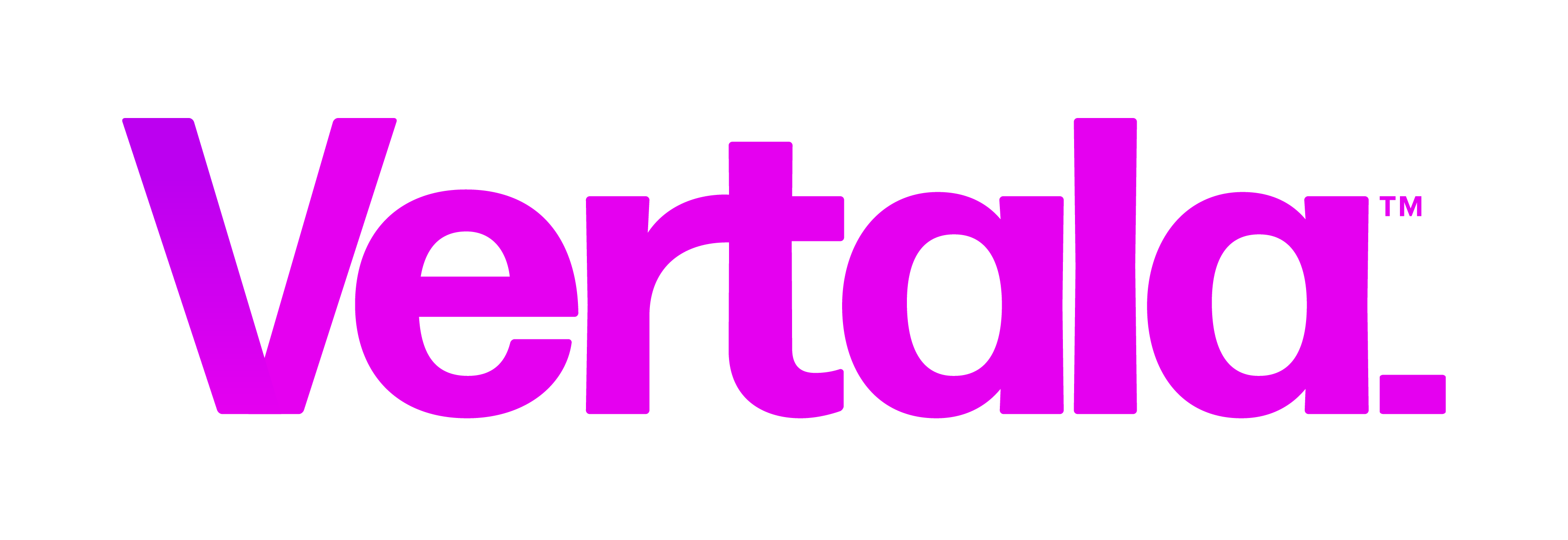
Back to Customer Stories
International Airport
Cloud-Native Modernization of a Legacy App Delivering 90% Cost Reduction
October 3, 2025
0
min reading time

About
Industry
Travel & Transportation
- One of the Europe's largest international airports, serving millions of passengers annually.
- Operates a diverse ecosystem of retail, transport, and hospitality partners.
- Committed to digital innovation, sustainability, and operational efficiency.
- Focused on improving the end-to-end passenger experience through modern technology.
Story Snapshot
- Modernized the airport’s legacy Onward Travel app into a cloud-native platform on Azure.
- Refactored monolithic code into scalable microservices with automated CI/CD pipelines.
- Delivered new features while reducing hosting costs and emissions by 90%.
- Built by Uptic’s Product & Platform Team for long-term flexibility and speed.
Uptic’s solved our most painful application AND reduced costs by 90%
- Senior Business Analyst
INTRODUCTION
Uptic’s application assessment and subsequent development solved our most painful application AND reduced costs by 90%, providing ROI in less than 6 months. We can now deliver application feature enhancements at speed
Background
Like many global airports, this international hub relied on a patchwork of legacy applications to manage passenger services. One of these, the Onward Travel app, helped travelers connect with taxis, trains, and buses — but its on-premise architecture made updates slow, costly, and difficult to scale.
The airport’s digital strategy called for a shift to cloud-native platforms that could lower costs, accelerate feature delivery, and improve sustainability. Uptic was engaged to lead the modernization — re-engineering the existing application into a resilient, cloud-native platform capable of supporting rapid innovation and delivering measurable ROI.
“Uptic didn’t just modernize our application — they helped us rethink how we build, deploy, and scale technology. The 90% cost reduction speaks for itself, but so does the speed and quality of delivery.”— Head of Digital Transformation, International Airport
Challenge
The existing Onward Travel app was built on monolithic architecture with dependencies that made scaling, testing, and deployments complex.
Hosting costs were high, performance inconsistent, and every update required manual intervention. The airport also wanted to expand the feature set — including real-time transport data, dynamic pricing integrations, and a cleaner user experience — but the legacy codebase couldn’t support it.
To achieve their vision, the airport needed a modern architecture and delivery model that balanced stability, security, and agility — all while minimizing environmental impact.
Solution
Uptic deployed a Product & Platform Team of full-stack engineers, architects, and testers to refactor and modernize the application into a microservices-based Azure platform.
- Cloud-Native Migration (Azure): Rebuilt the application using containerized microservices for scalability and performance.
- Automated CI/CD Pipelines: Implemented full continuous integration and delivery workflows, reducing release cycles from months to days.
- Infrastructure-as-Code (Terraform): Created consistent, reusable environment templates for rapid deployment and lower maintenance overhead.
- Modern Front-End Experience: Delivered a new responsive interface, improving passenger usability and accessibility across devices.
- Monitoring & Optimization: Introduced telemetry, performance dashboards, and automated scaling to ensure efficiency and uptime.
Uptic’s modular delivery model meant specialist roles — from UI/UX to DevOps — could roll on and off the project as needed, ensuring fast iteration without waste. This flexible, outcome-driven approach enabled continuous progress from day one.
Outcomes
The modernization transformed a static, costly legacy system into a high-performance, cloud-native platform — dramatically improving efficiency, scalability, and sustainability.
- 90% reduction in hosting costs and carbon footprint.
- Faster releases, with automated pipelines delivering new features continuously.
- Improved passenger experience, with real-time transport data and responsive design.
- Future-ready foundation, enabling the airport’s digital team to expand services independently.
- Sustainable operations, powered by energy-efficient Azure infrastructure.
Share this post





%201.png)


